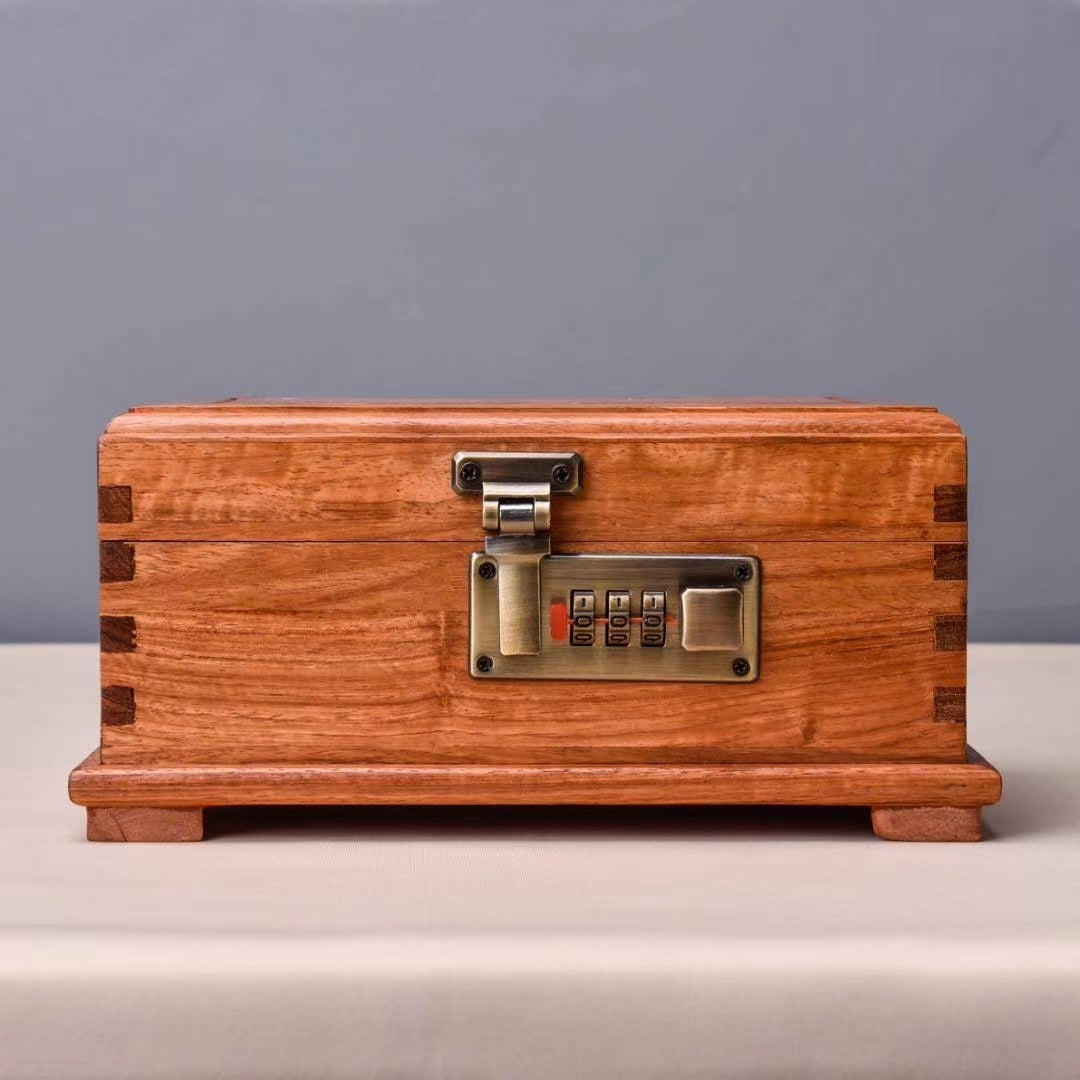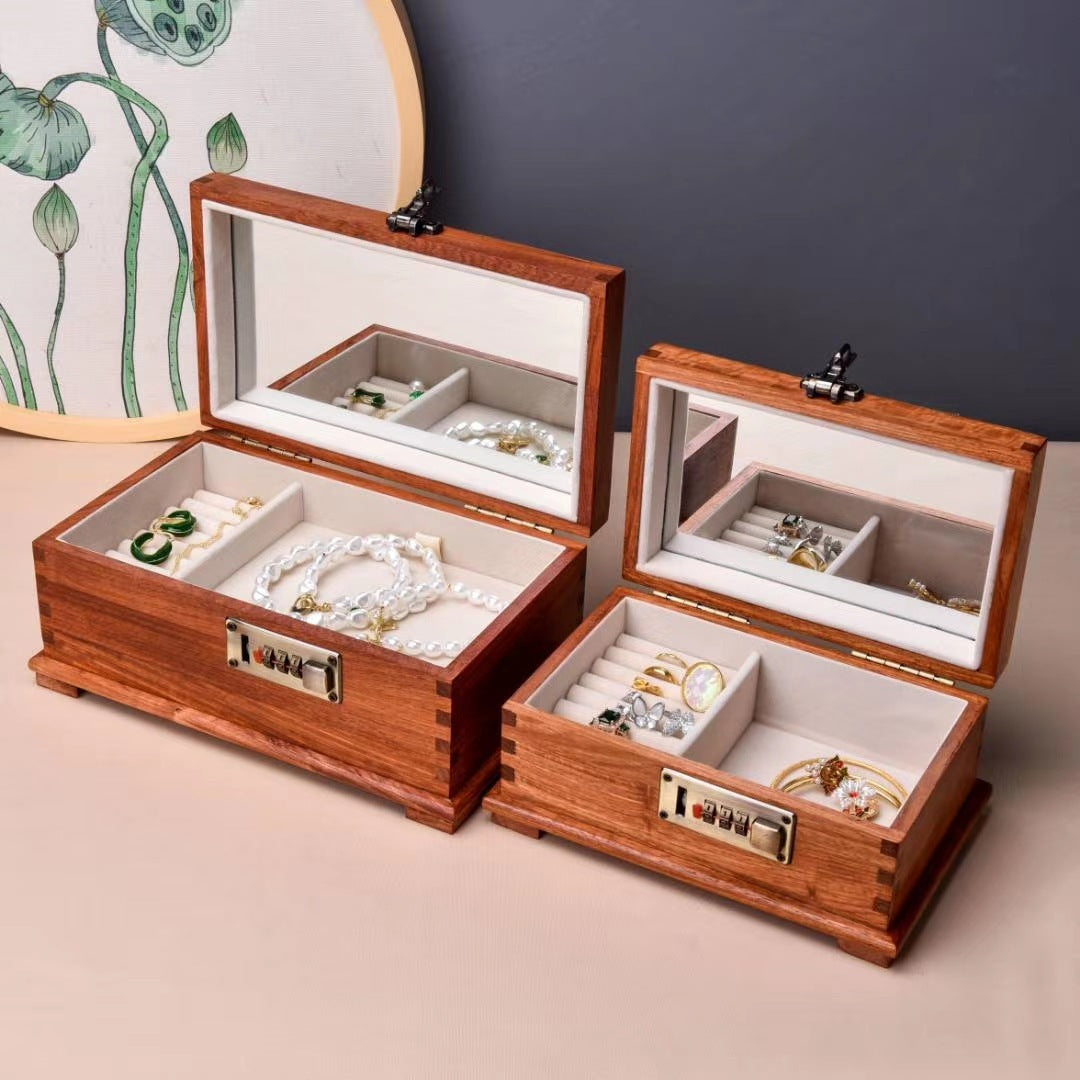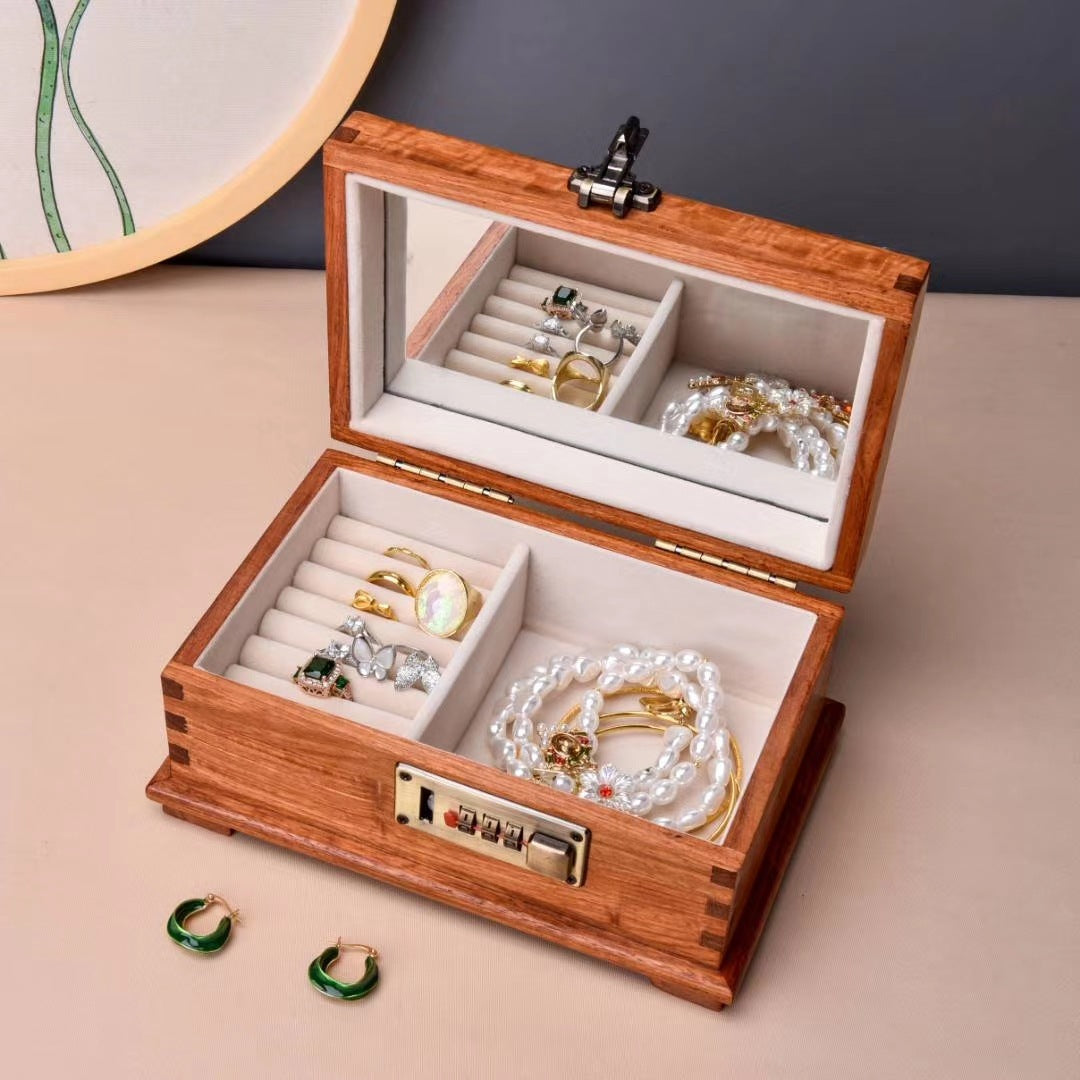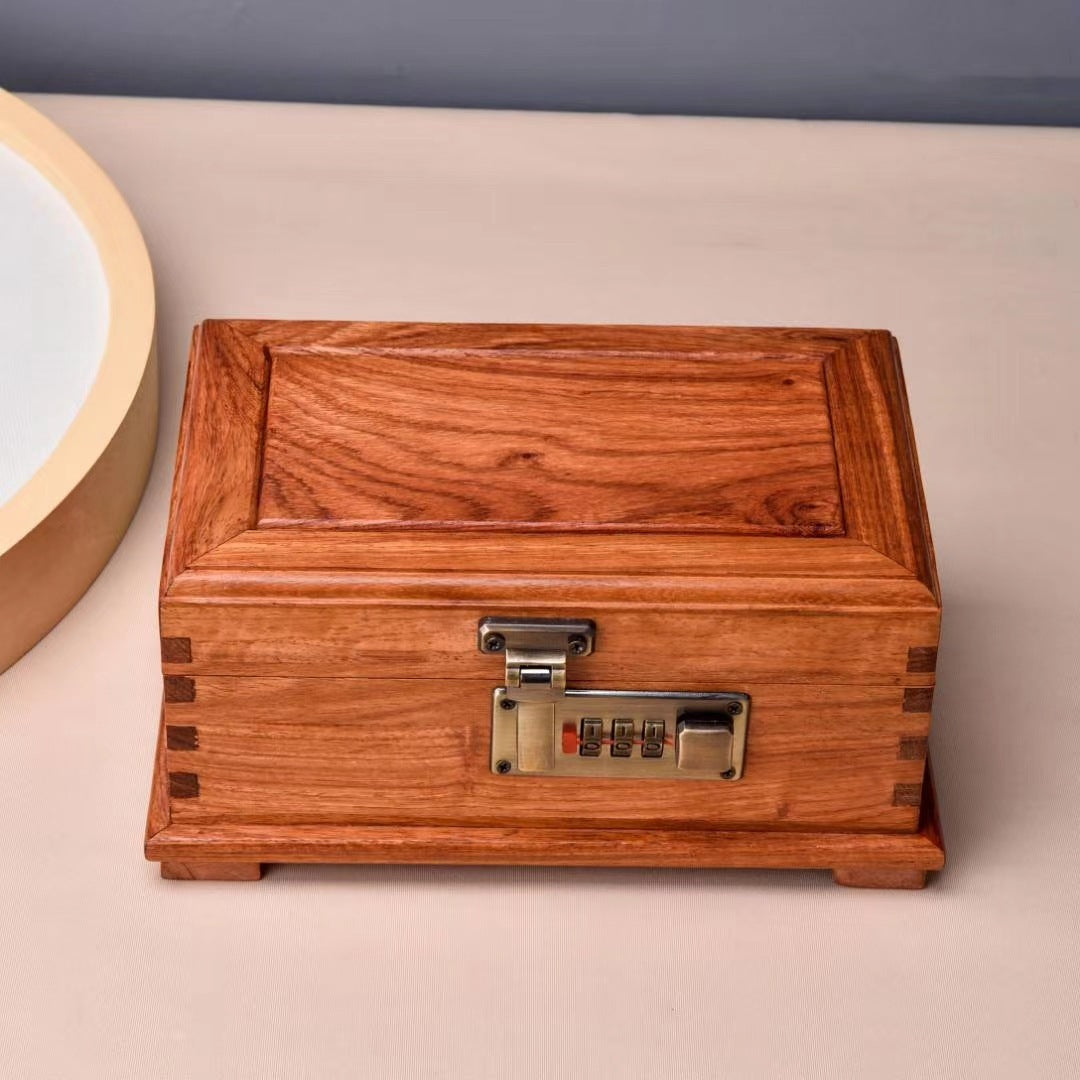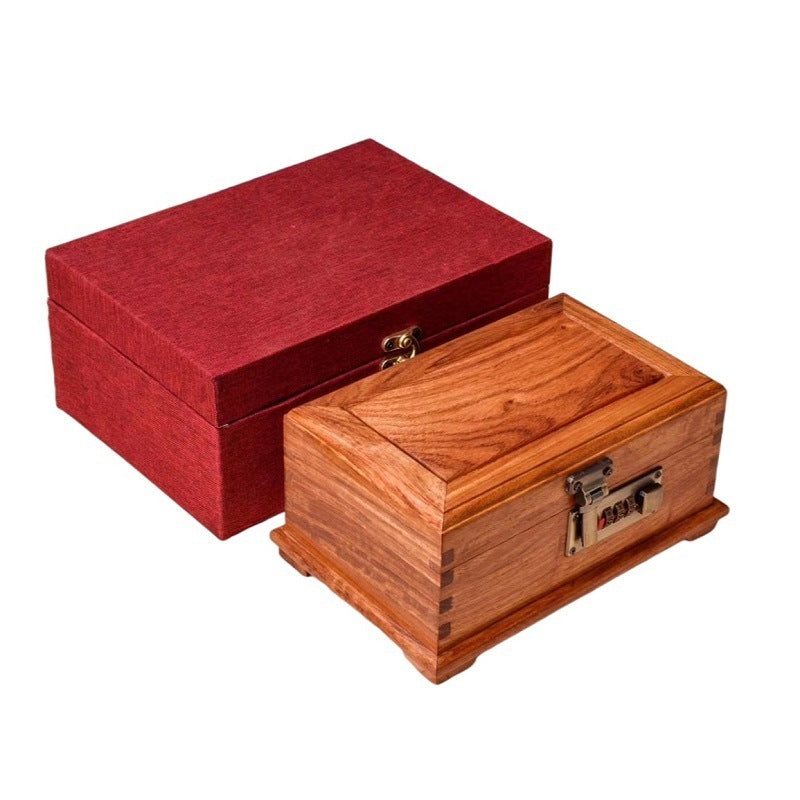
Mastering the Art of Traditional Woodworking: Mortise and Tenon Techniques
Share
Table of Contents:
In the ever-evolving world of home decor and furnishings, there is a growing appreciation for the timeless beauty and unparalleled craftsmanship of traditional woodworking techniques. At Furn-store, we take great pride in offering a curated selection of products that embody this rich heritage, with a particular focus on the revered mortise and tenon joint.
Mortise and tenon joinery is the cornerstone of many classic furniture designs, from the sturdy frames of antique armoires to the elegant silhouettes of heirloom dining tables. This time-honored technique, which dates back centuries, is prized for its exceptional strength, durability, and visual appeal. By skillfully interlocking two pieces of wood, the mortise and tenon joint creates a seamless, interlocking connection that can withstand the test of time.
At Furn-store, we are committed to preserving and celebrating this artform. Our collection of mortise and tenon crafted products, ranging from handcrafted wooden boxes to intricate embroidered wall hangings, are a testament to the enduring appeal of traditional craftsmanship. Each piece is meticulously designed and constructed, with a level of attention to detail that is often lost in the mass-produced world of modern furniture.
Mastering the art of mortise and tenon joinery, however, is no easy feat. It requires a deep understanding of the technique, a keen eye for precision, and a steady hand. In this blog post, we'll delve into the intricacies of this woodworking method, exploring the different types of mortise and tenon joints, the essential tools and materials needed, and the step-by-step process of creating these timeless connections.
Understanding Mortise and Tenon Basics
At its core, the mortise and tenon joint is a simple yet ingenious concept. It involves creating a rectangular hole (the mortise) in one piece of wood, and then shaping the end of another piece of wood (the tenon) to fit snugly into the mortise. When the two pieces are joined, the tenon is secured within the mortise, creating a strong, stable connection.
The historical significance of this technique cannot be overstated. Mortise and tenon joinery has been a hallmark of traditional furniture-making for centuries, used by skilled craftsmen to construct everything from sturdy tables and chairs to intricate architectural elements. Its enduring popularity is a testament to its practical and aesthetic merits.
Types of Mortise and Tenon Joints
While the basic principle of the mortise and tenon joint remains the same, there are several variations that offer different benefits and applications. At Furn-store, we pride ourselves on our ability to expertly execute a range of these joint types, including:
Through Mortise and Tenon
In this classic configuration, the tenon passes completely through the mortise, creating a visible joint on both sides of the workpiece. This design is often used in furniture frames and structural elements, where the exposed joint adds to the overall aesthetic.
Blind Mortise and Tenon
Also known as a "hidden" mortise and tenon, this variation features a tenon that does not extend all the way through the mortise. Instead, the tenon is recessed within the mortise, creating a clean, seamless appearance on the exterior of the piece.
Wedged Mortise and Tenon
For added strength and stability, the wedged mortise and tenon joint incorporates a wooden wedge that is driven into the end of the tenon, expanding it within the mortise and locking the two pieces together.
Mastering these different joint types is essential for any woodworker looking to create truly exceptional, heirloom-quality pieces. At Furn-store, our skilled artisans have spent years perfecting their craft, ensuring that each and every one of our products showcases the timeless beauty and unparalleled strength of mortise and tenon joinery.
Tools and Preparation
Achieving the perfect mortise and tenon joint requires a carefully curated set of tools and a meticulous approach to preparation. At the heart of this process are the essential woodworking tools, such as chisels, saws, and planes, which allow our craftsmen to precisely shape the mortise and tenon components.
Equally important is the selection of the right wood. At Furn-store, we source our materials from sustainable, high-quality suppliers, ensuring that each piece of lumber is free of defects and perfectly suited for the demands of mortise and tenon construction.
Precise measurement and attention to detail are also key. Our artisans use a variety of techniques, from carefully marking out the mortise and tenon locations to employing specialized jigs and fixtures, to ensure that every joint is perfectly aligned and fitted.
Step-by-Step Technique
The process of creating a mortise and tenon joint is a delicate dance of skill and precision. It begins with the careful cutting of the mortise, using a chisel and mallet to remove the necessary material from the workpiece. Next, the tenon is shaped, ensuring a snug, secure fit within the mortise.
Once the individual components are prepared, the real magic happens during the assembly stage. Our artisans meticulously align the tenon with the mortise, applying just the right amount of pressure to create a tight, seamless connection. In the case of a wedged mortise and tenon, the final step involves driving the wooden wedge into the end of the tenon, locking the joint in place.
Common Challenges and Solutions
Of course, mastering the art of mortise and tenon joinery is not without its challenges. Our experienced team at Furn-store has encountered a wide range of issues, from alignment problems to loose joints, and has developed a wealth of troubleshooting techniques to overcome these obstacles.
By staying vigilant, employing precise measurement methods, and continuously refining their skills, our artisans are able to consistently produce mortise and tenon joints that are not only visually stunning but also exceptionally strong and durable.
Conclusion
In a world that often prioritizes speed and efficiency over craftsmanship, the art of traditional woodworking, and the mortise and tenon joint in particular, stands as a testament to the enduring value of quality, attention to detail, and a deep respect for the materials.
At Furn-store, we are proud to be stewards of this rich tradition, offering our customers a curated selection of products that embody the timeless beauty and unparalleled strength of mortise and tenon joinery. Whether you're a seasoned woodworking enthusiast or simply someone who appreciates the beauty of well-crafted home goods, we invite you to explore our collection and discover the true artistry of this time-honored technique.



